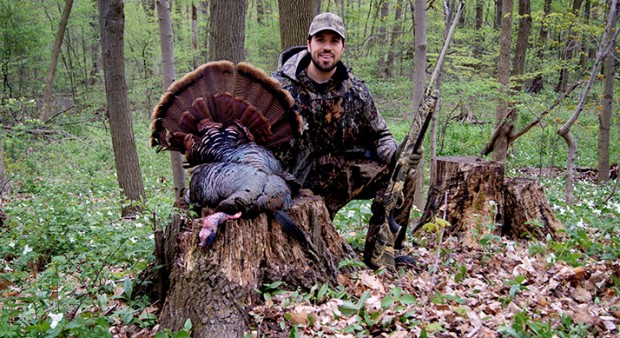
Many turkey hunters have trouble finding time to hunt as much as they would like, let alone make routine scouting trips.
While you can undoubtedly glean valuable information from scouting, you may find that just learning about the property will provide all the information you need, year after year.
The roost
Getting close to the roost is a pretty good way to bag and tag your tom. Nearly all properties are going to have areas that are more favourable roosting sites than others.
For example, turkeys love to roost by water. Whether that’s a stream running through your property or just low spots where water pools, these are good areas to zone in on.
Some trees are also more conducive to roosting than others. Turkeys like big hardwood trees with expansive parallel branches. If you can find a group of trees that match that description, be sure to target it.
Once you’ve identified these prime roosting areas, you should be able to go to a spot under cover of darkness with a pretty good idea that a bird is close by.
Strut zones
As with roost sites, strut zones become predictable from one year to the next.
Little ridges and rises near standing water in a bush make for great strut zones. Males can land close to the roost and be more visible strutting on the high ground.
Clearings in the middle of woodlots also make for excellent strut zones because of visibility. Typically, these areas are the hottest first thing in the morning before hens get into the fields, although many toms will return later in the day after the hens have gone to their nests.
Hens usually take to the fields for food in the early morning and late afternoon, making fields another great spot for males to get noticed by feeding hens.
Once you identify the favoured food source in the area, you’re going to be able to put yourself in a good position for some action.
Obstacles and barriers
Many properties have natural or man-made barriers that will eliminate at least one possible direction of travel for the birds. It may not be an impassable barrier, but the probability of birds crossing a dirt road to the north, for example, is smaller than the probability of them going to a secluded cornfield to the south.
Identify any spots on the property that a bird would be unlikely to go through on its way to you. For example, don’t put a swamp between you and the roost. Think about the path of least resistance between where the birds are and where you set up.
Making their approach as easy as possible will prevent them from hanging up (and it will keep the forest profanity-free).
It’s of the upmost importance to know the property you hunt. I would rather have 1 or 2 properties that I know like the back of my hand than a dozen locales I’m barely familiar with.
You can expect similar habits and movements year after year, too, which is why you should keenly note your observations.
Unlocking a property is one of the first keys to continual success.


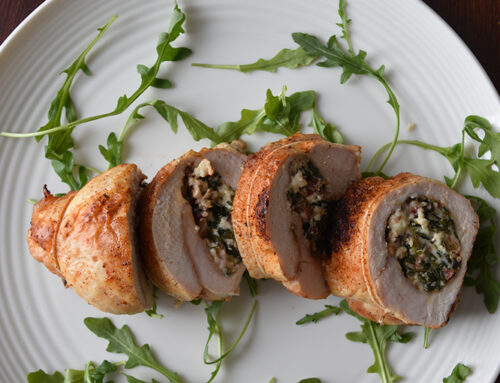
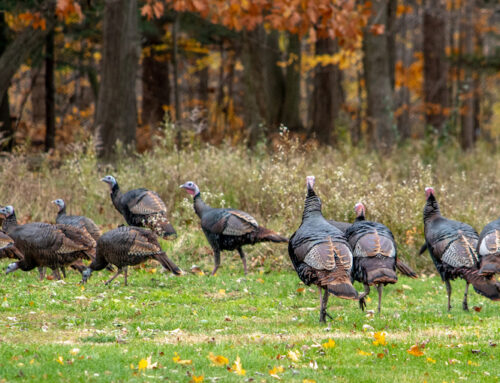
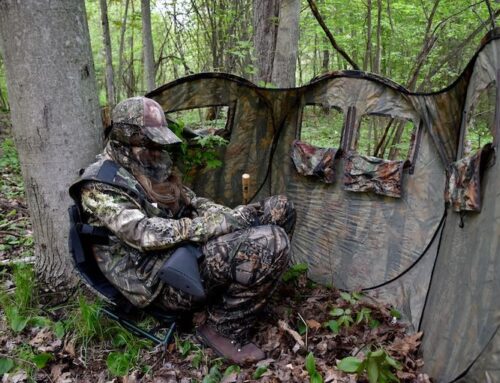
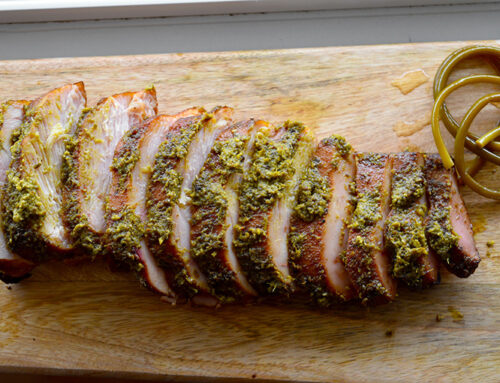
Leave A Comment